Capitalizing on the success of his V12-engined competition cars Enzo Ferrari began to develop exclusive road-going models for sale to private customers. Enzo Ferrari had begun planning his new car during the war and in 1946 commissioned Gioacchino Colombo to design a small-capacity V12 engine for it. By the time of the Paris Salon, in October 1953, the Ferrari range of road-going cars was being fully renewed with two new models announced, the 250 Europa to replace the 212 Inter born in 1951 and a bigger engined model, the 375 America. These two new Ferraris featured a common and longer (2,800mm instead of 2,600mm) chassis and 'long block' Lampredi engines, a 3-litre (2,963cc) known as Tipo 103 for the Europa and a 4.5-litre (4,522cc) Tipo 104 for the America together with a 4-speed gearbox to replace the 5-speed of the 212 Inter. The first 375 America (0293AL) was ready for the 'Salon de l'Automobile', exhibited as a 2-seat coupé featuring an all new Pinin Farina design. Although indicated as '250 Europa' the 3-litre Vignale coupé (0295EU) displayed alongside remained based on the 212 Inter 2,600mm chassis and featured a 'short block' Colombo 3-litre engine. As for the car offered here, 0297EU (EU for Europa), it shows the same chassis and engine combination with the difference of a Pinin Farina bodywork more in the style of the earlier 212 Inter. Therefore 0295EU and 0297EU can be considered as the two prototypes of the 250 Europa. In order to complete the story of the transition between the 212 Inter and the 250 Europa, we have to also mention 0299EU, one of the many Ferraris sold to the master film producer Roberto Rossellini It featured the Pinin Farina 212 Inter style bodywork and chassis like 0297EU but was fitted with the new Lampredi Tipo 103 engine. Further confusion comes from the Pinin Farina archives. 0297EU, scocca #12503, listed as the 17th and last Ferrari 212 Inter Coupe while Rossellini's 0299EU appears as #12532 in the '250 Europa - 375 America' list although it is still based on the 2,600mm chassis. Two catalogues mentioning the 250 Europa also explain why the two real 'prototypes' 0295EU and 0297EU have confused observers over the years. One factory 10-page brochure common to the 250 Europa, the 500 Mondial and the 750 Monza credits the Europa with the Colombo (2,953cc) engine and the 2,600mm chassis. An 8-page factory catalogue titled '250 Europa - 375 America' gives the correct standard 250 Europa figures of 2,963cc for the Lampredi engine and 2,800mm wheelbase, but includes two pictures of a car and a dashboard that could very well be 0297EU, while the car pictured in the other brochure is definitely of the later Pinin Farina design, actually showing 0321EU at a 1954 Montreux Concours d'élégance. The period of production for these models was at a time when Pinin Farina was becoming the predominant carrozzeria to couture Ferraris as the links between the two companies became stronger. It was a time when Ferrari were trying to establish a marque identity in the sense of developing a homogeneous 'face', rather than there just being a Ferrari badge on any number of different body styles by different design houses. For the new standard model to come, Pinin Farina had laid down the foundation for this with their designs all of which were very similar, unlike those from Vignale for example, where each individual body had its own nuances. The 250 Europa and 375 America models from Pinin Farina were visually very similar, although showing variations synonymous of bespoke tailoring, featuring for instance either a two or four side-window cabin section. Producing between 220 and 260 bhp with a top speed of around 240km/h and race bred handling, this made the new 250 Europa among the quickest road cars of its day. As one would expect the 250 Europa was developed directly from Ferrari's competition models. At this time Ferrari was still far more concerned with the manufacture of competition cars for itself and selec
Capitalizing on the success of his V12-engined competition cars Enzo Ferrari began to develop exclusive road-going models for sale to private customers. Enzo Ferrari had begun planning his new car during the war and in 1946 commissioned Gioacchino Colombo to design a small-capacity V12 engine for it. By the time of the Paris Salon, in October 1953, the Ferrari range of road-going cars was being fully renewed with two new models announced, the 250 Europa to replace the 212 Inter born in 1951 and a bigger engined model, the 375 America. These two new Ferraris featured a common and longer (2,800mm instead of 2,600mm) chassis and 'long block' Lampredi engines, a 3-litre (2,963cc) known as Tipo 103 for the Europa and a 4.5-litre (4,522cc) Tipo 104 for the America together with a 4-speed gearbox to replace the 5-speed of the 212 Inter. The first 375 America (0293AL) was ready for the 'Salon de l'Automobile', exhibited as a 2-seat coupé featuring an all new Pinin Farina design. Although indicated as '250 Europa' the 3-litre Vignale coupé (0295EU) displayed alongside remained based on the 212 Inter 2,600mm chassis and featured a 'short block' Colombo 3-litre engine. As for the car offered here, 0297EU (EU for Europa), it shows the same chassis and engine combination with the difference of a Pinin Farina bodywork more in the style of the earlier 212 Inter. Therefore 0295EU and 0297EU can be considered as the two prototypes of the 250 Europa. In order to complete the story of the transition between the 212 Inter and the 250 Europa, we have to also mention 0299EU, one of the many Ferraris sold to the master film producer Roberto Rossellini It featured the Pinin Farina 212 Inter style bodywork and chassis like 0297EU but was fitted with the new Lampredi Tipo 103 engine. Further confusion comes from the Pinin Farina archives. 0297EU, scocca #12503, listed as the 17th and last Ferrari 212 Inter Coupe while Rossellini's 0299EU appears as #12532 in the '250 Europa - 375 America' list although it is still based on the 2,600mm chassis. Two catalogues mentioning the 250 Europa also explain why the two real 'prototypes' 0295EU and 0297EU have confused observers over the years. One factory 10-page brochure common to the 250 Europa, the 500 Mondial and the 750 Monza credits the Europa with the Colombo (2,953cc) engine and the 2,600mm chassis. An 8-page factory catalogue titled '250 Europa - 375 America' gives the correct standard 250 Europa figures of 2,963cc for the Lampredi engine and 2,800mm wheelbase, but includes two pictures of a car and a dashboard that could very well be 0297EU, while the car pictured in the other brochure is definitely of the later Pinin Farina design, actually showing 0321EU at a 1954 Montreux Concours d'élégance. The period of production for these models was at a time when Pinin Farina was becoming the predominant carrozzeria to couture Ferraris as the links between the two companies became stronger. It was a time when Ferrari were trying to establish a marque identity in the sense of developing a homogeneous 'face', rather than there just being a Ferrari badge on any number of different body styles by different design houses. For the new standard model to come, Pinin Farina had laid down the foundation for this with their designs all of which were very similar, unlike those from Vignale for example, where each individual body had its own nuances. The 250 Europa and 375 America models from Pinin Farina were visually very similar, although showing variations synonymous of bespoke tailoring, featuring for instance either a two or four side-window cabin section. Producing between 220 and 260 bhp with a top speed of around 240km/h and race bred handling, this made the new 250 Europa among the quickest road cars of its day. As one would expect the 250 Europa was developed directly from Ferrari's competition models. At this time Ferrari was still far more concerned with the manufacture of competition cars for itself and selec
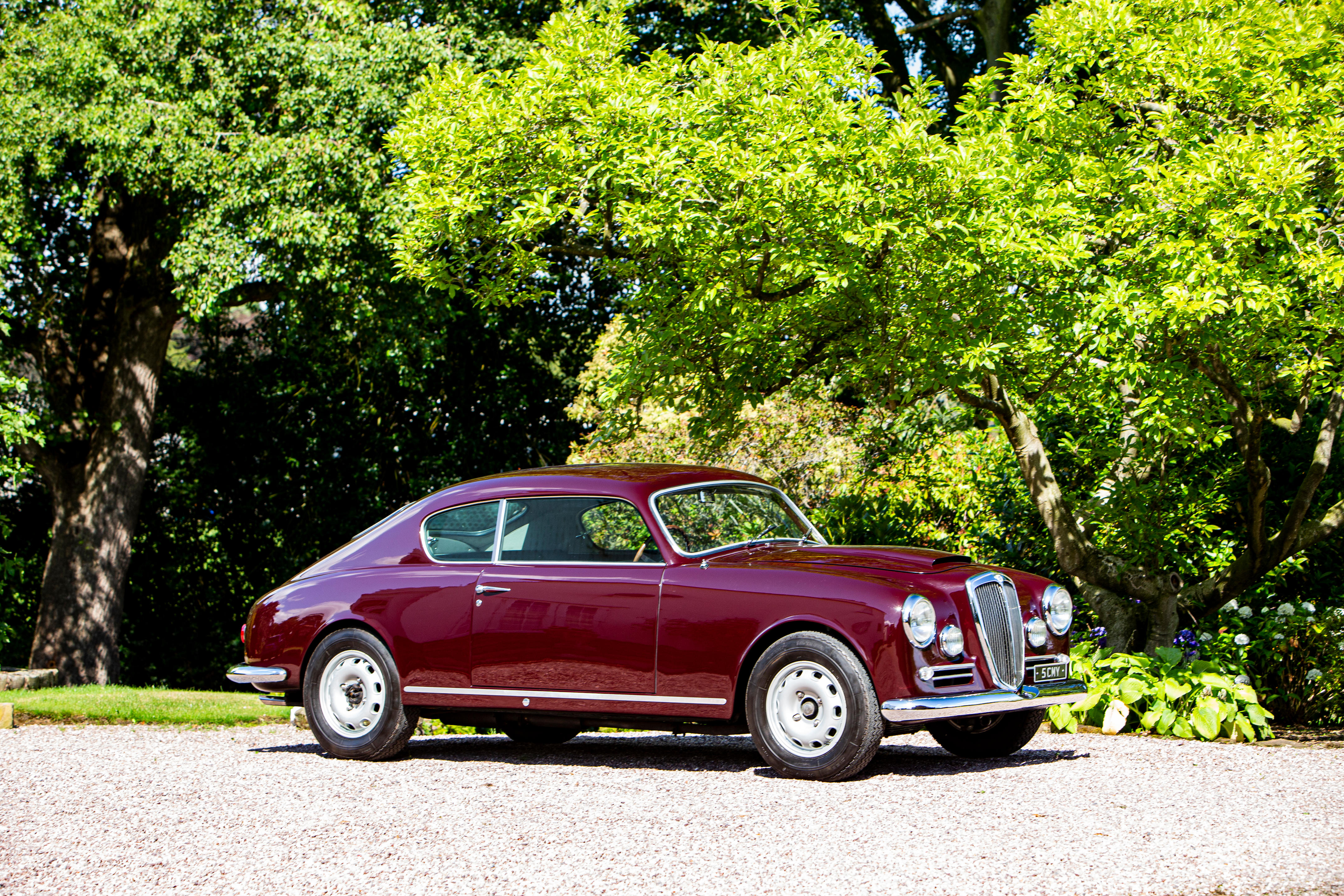
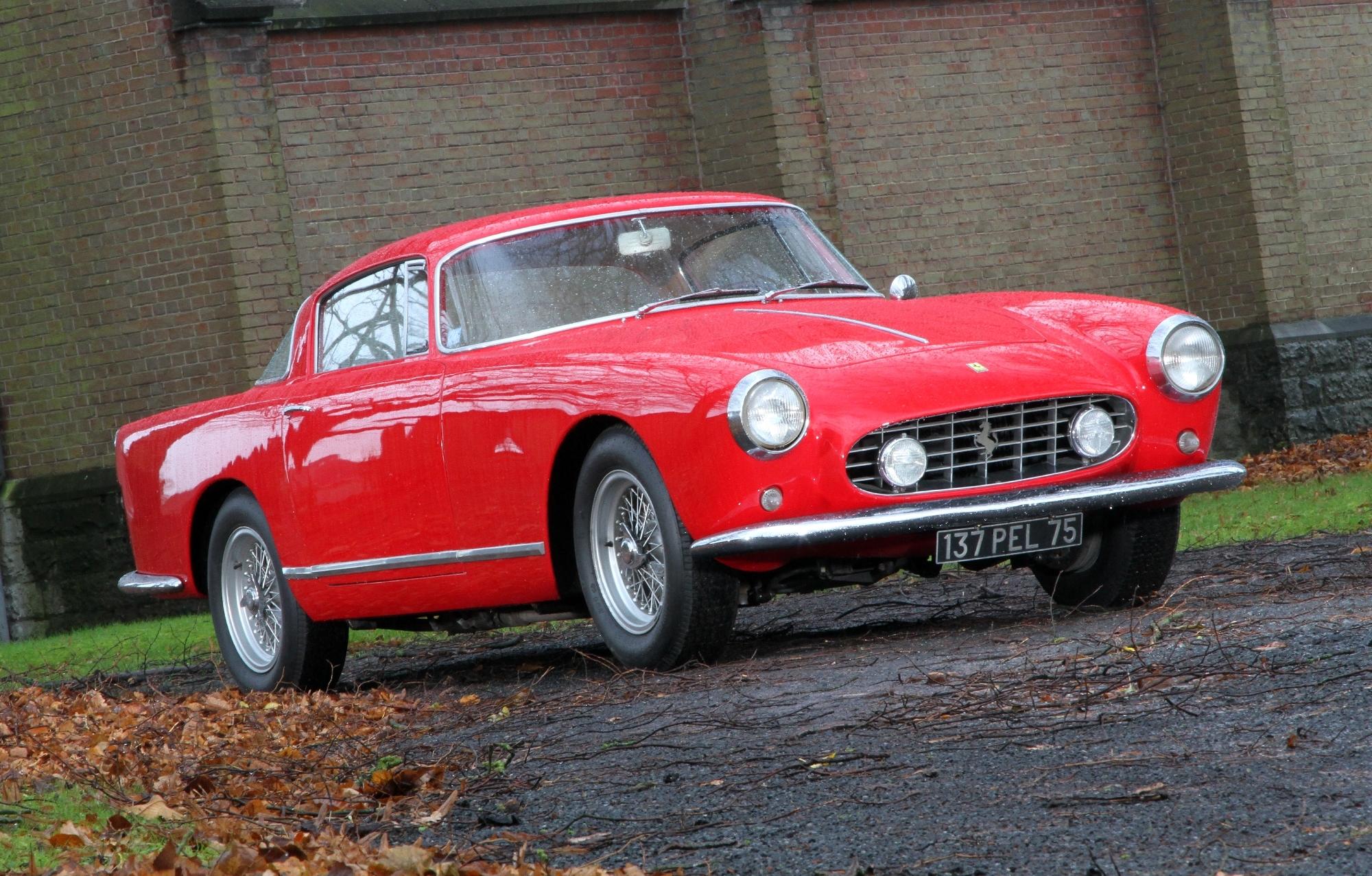
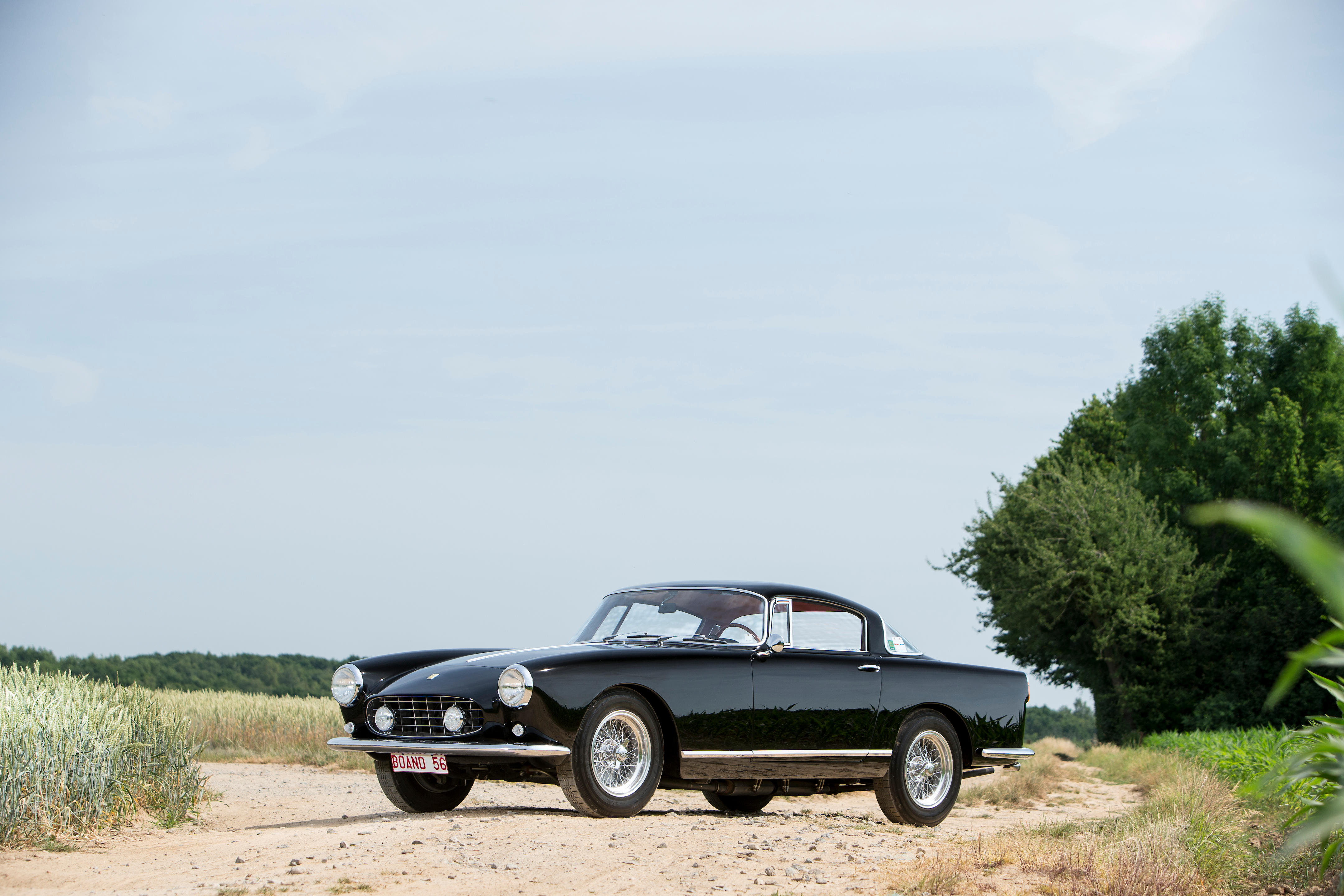
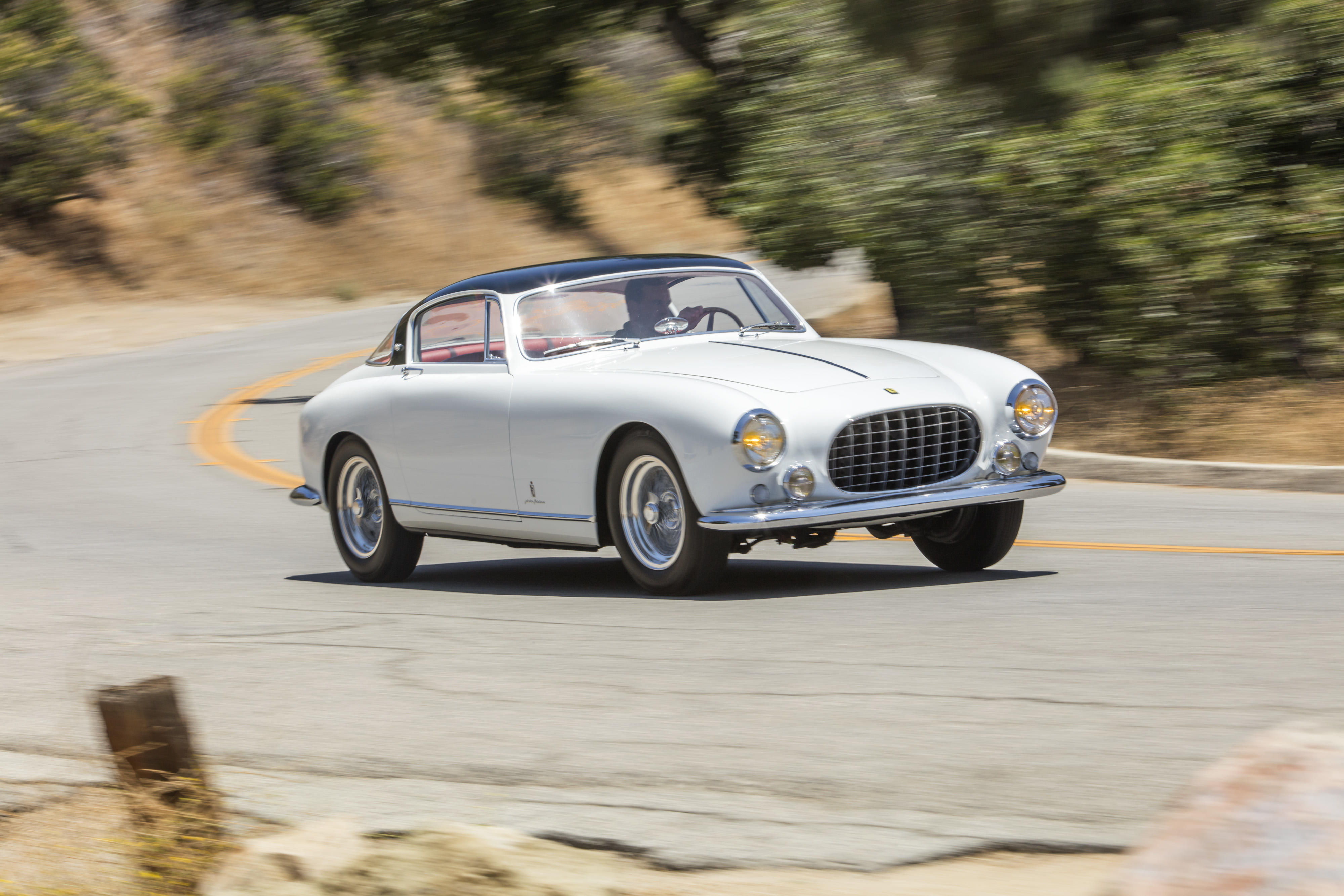




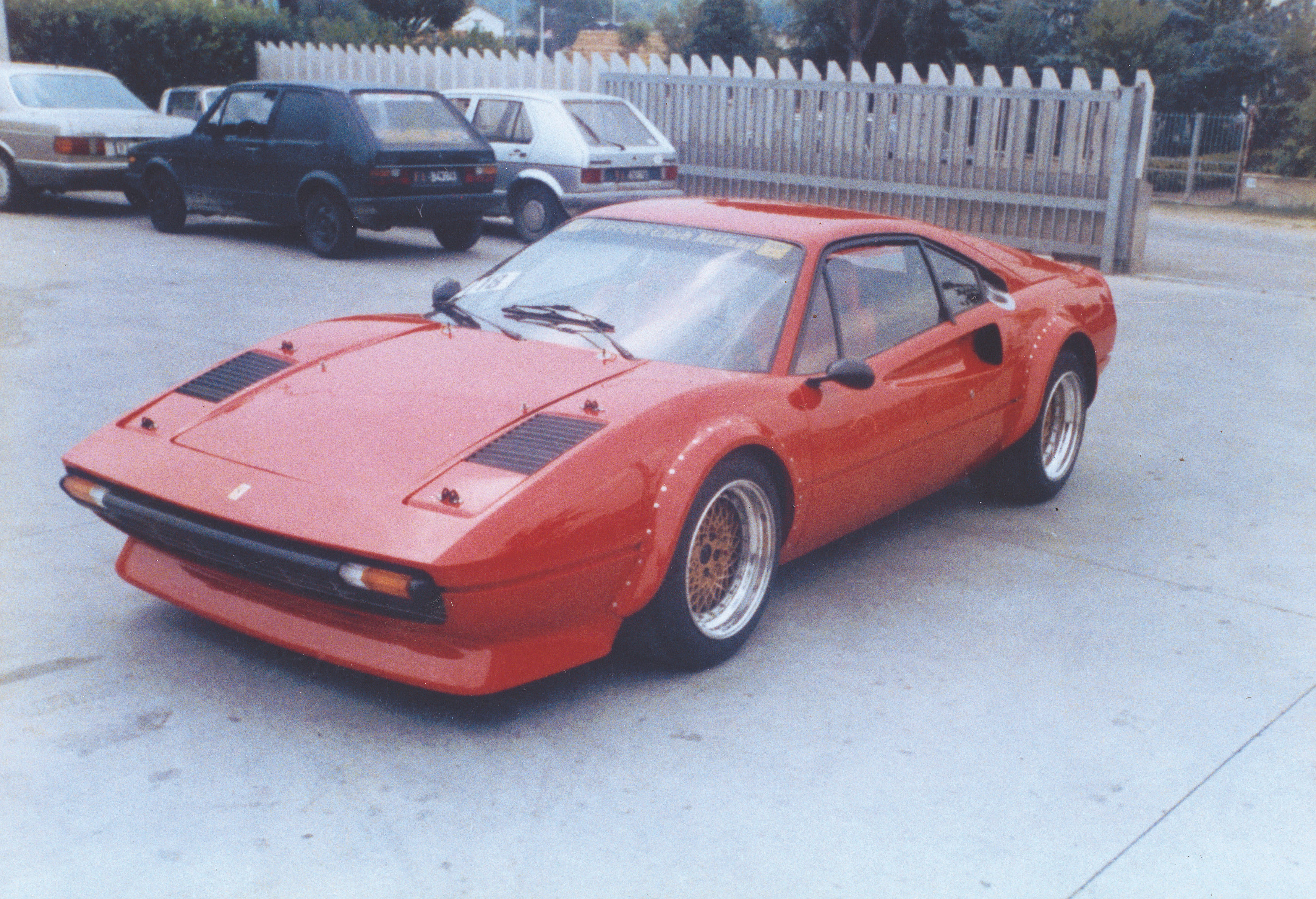


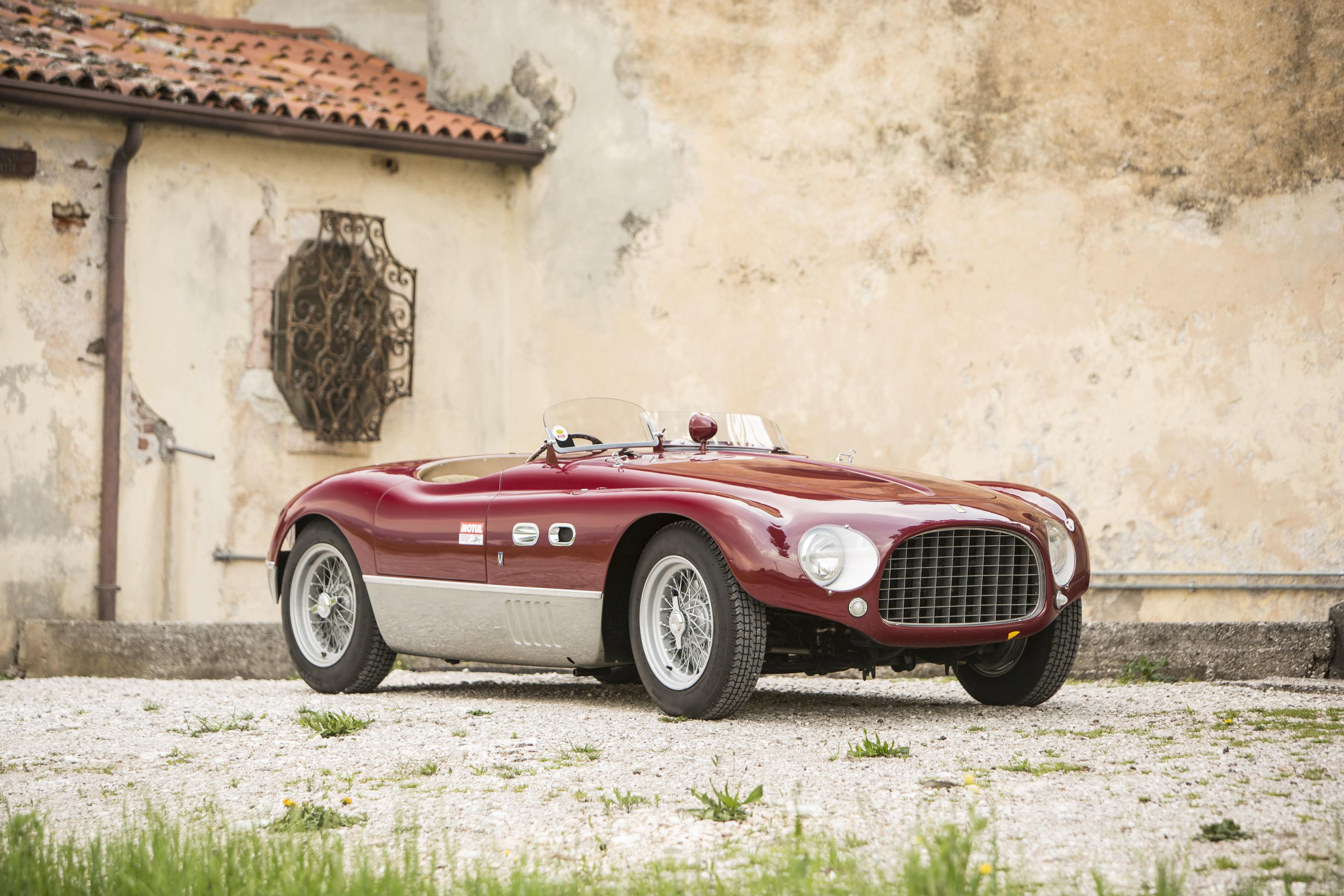

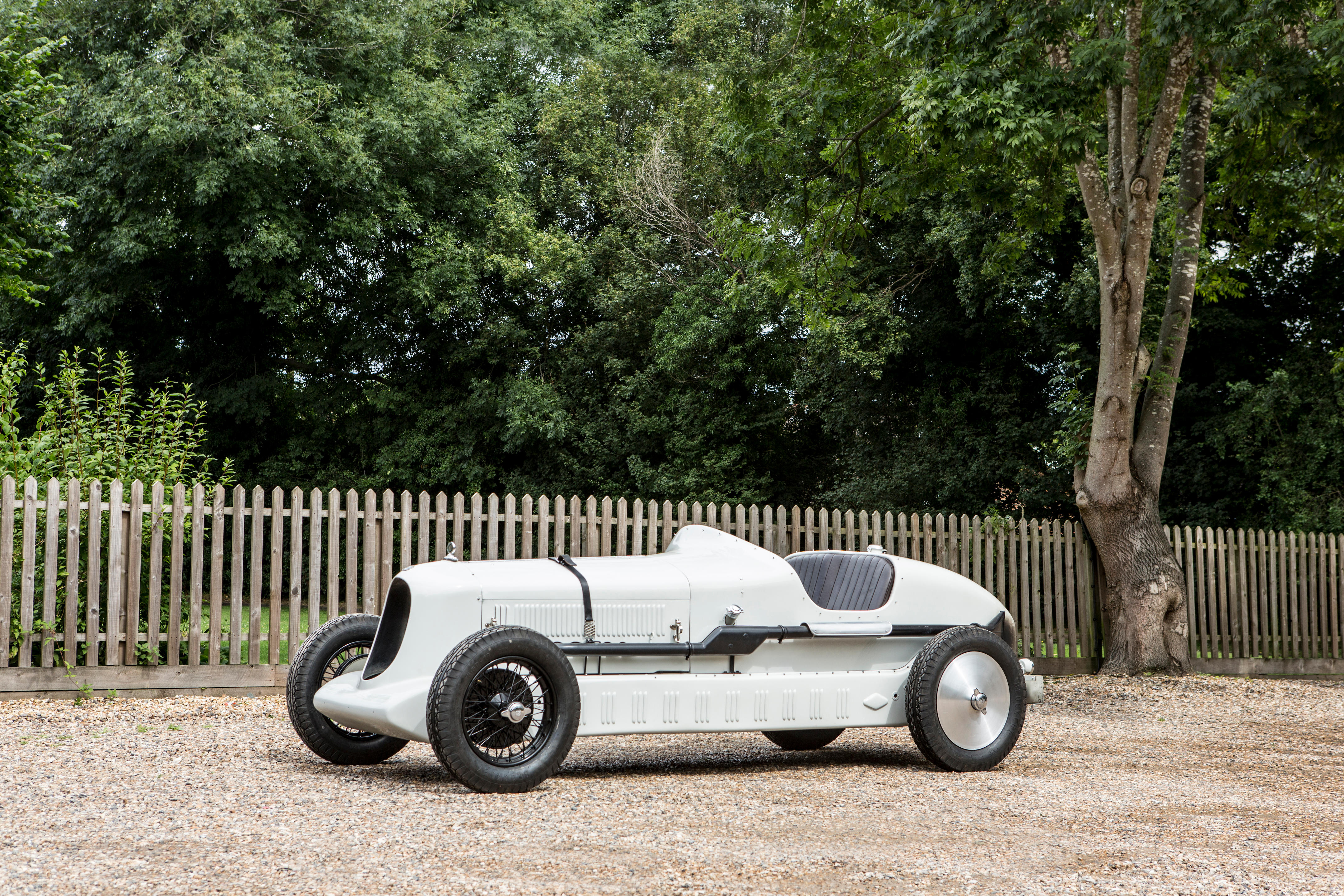

Try LotSearch and its premium features for 7 days - without any costs!
Be notified automatically about new items in upcoming auctions.
Create an alert